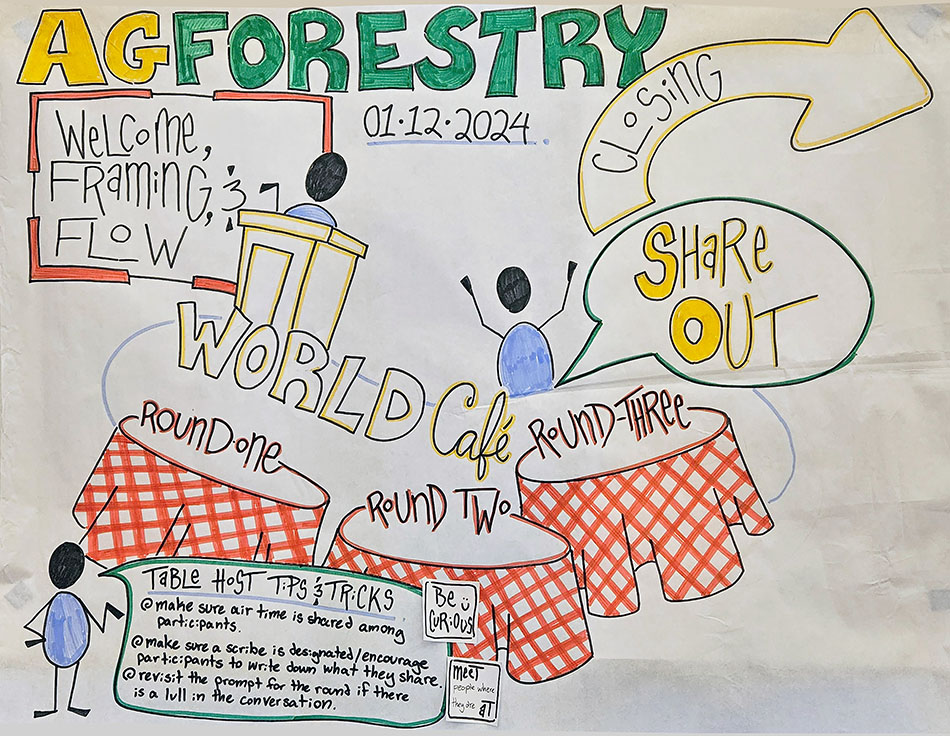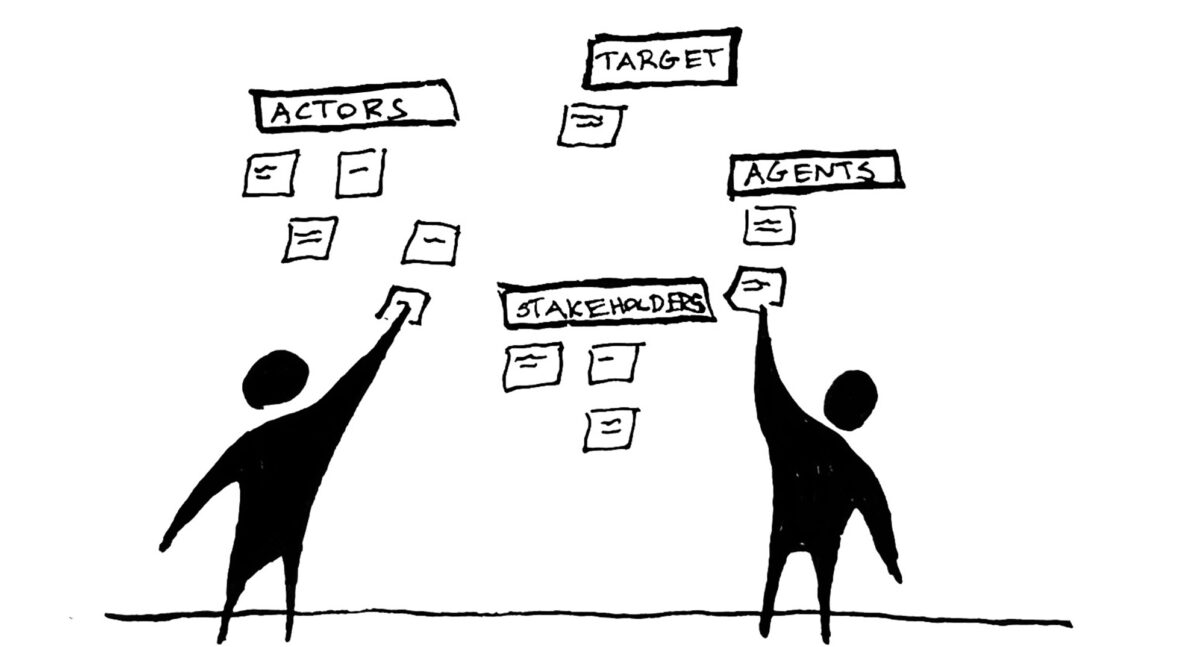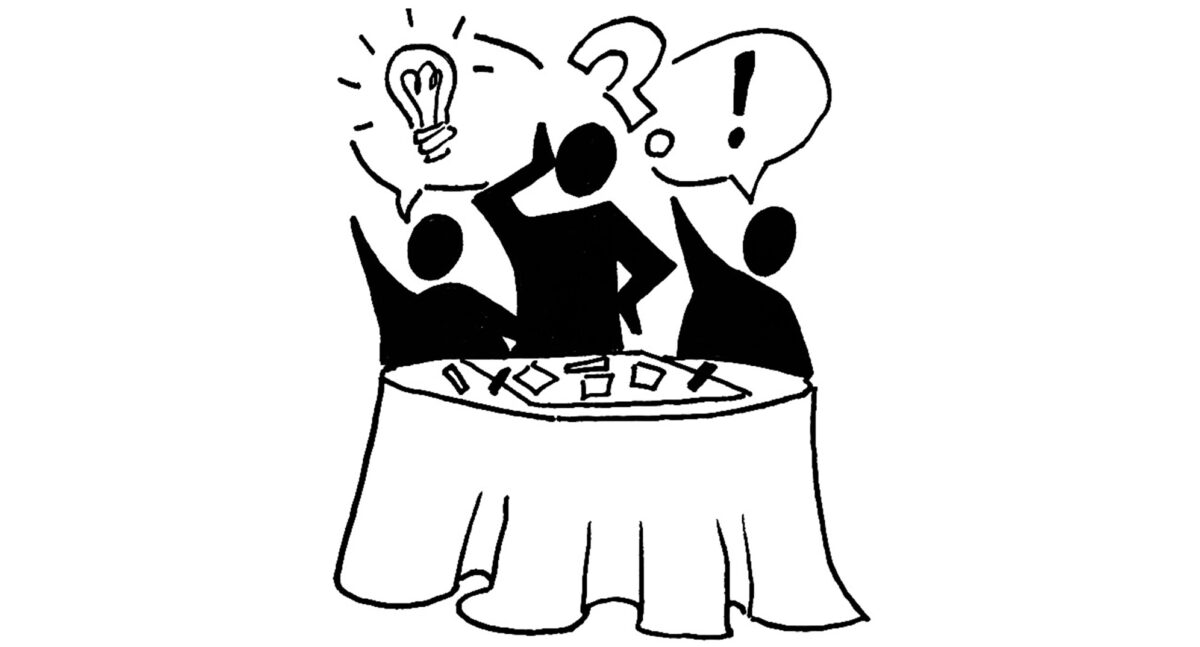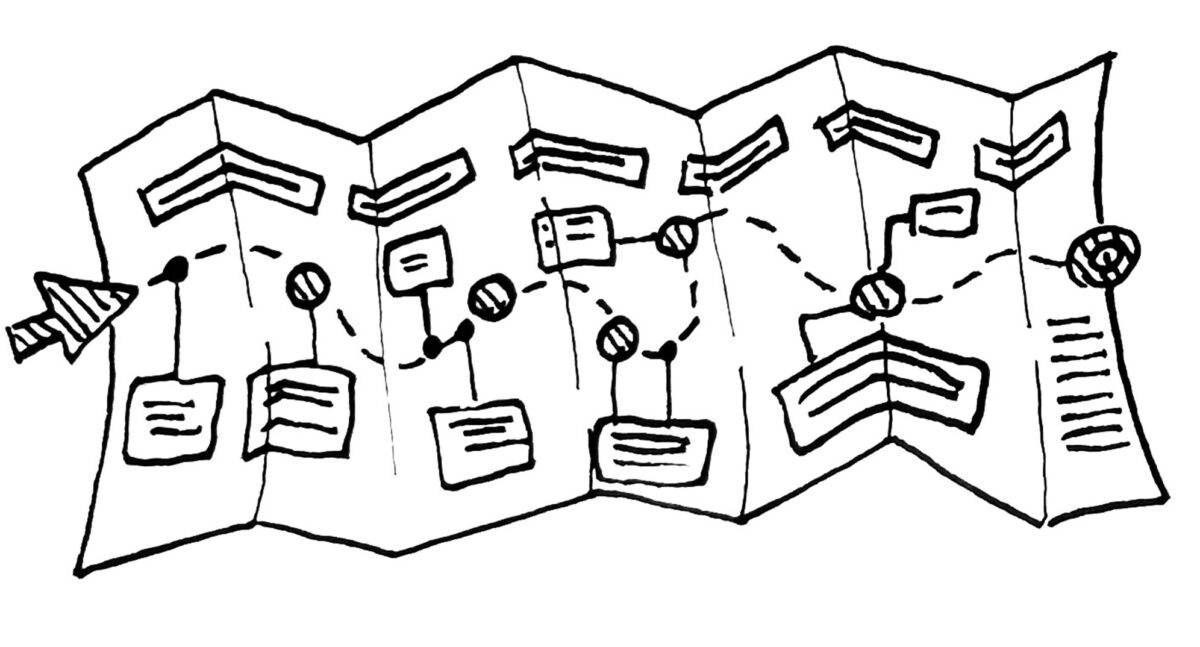A logic model is a story or picture of how an effort or initiative is supposed to work. A logic model is similar to a road map, it shows the route traveled or steps taken to reach a certain destination. The process of developing the model brings together stakeholders to articulate the goals of the program and the values that support it, and to identify strategies and desired outcomes of the initiative.
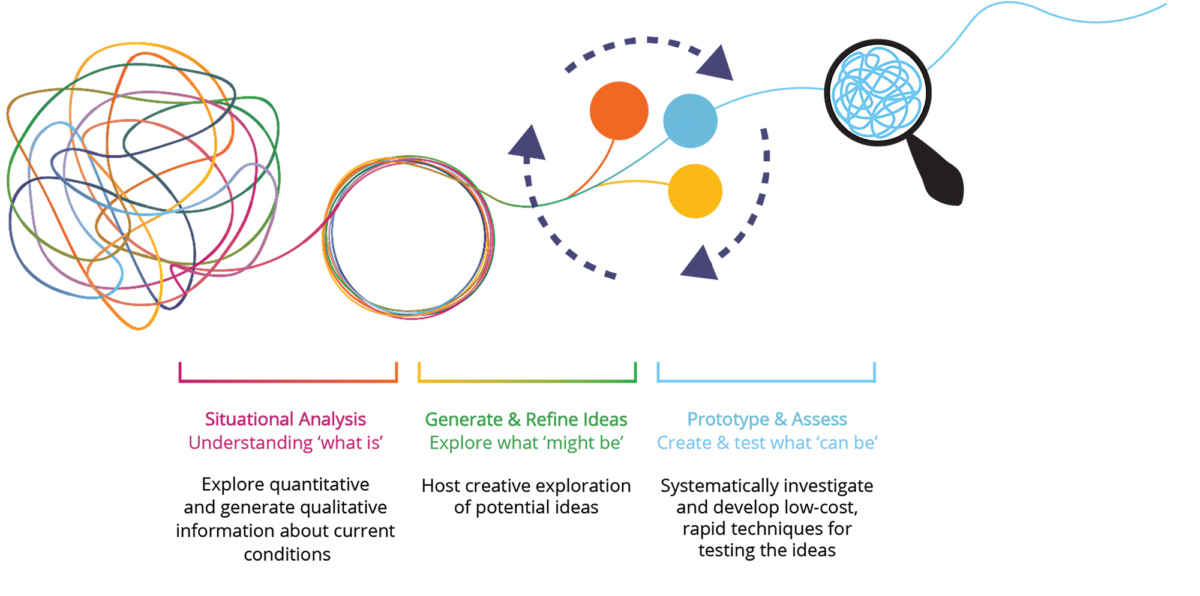
PUBLIC SERVICE REDESIGN TOOLKIT
A collection of what we use in practice to facilitate conversations, prototype, and document learning
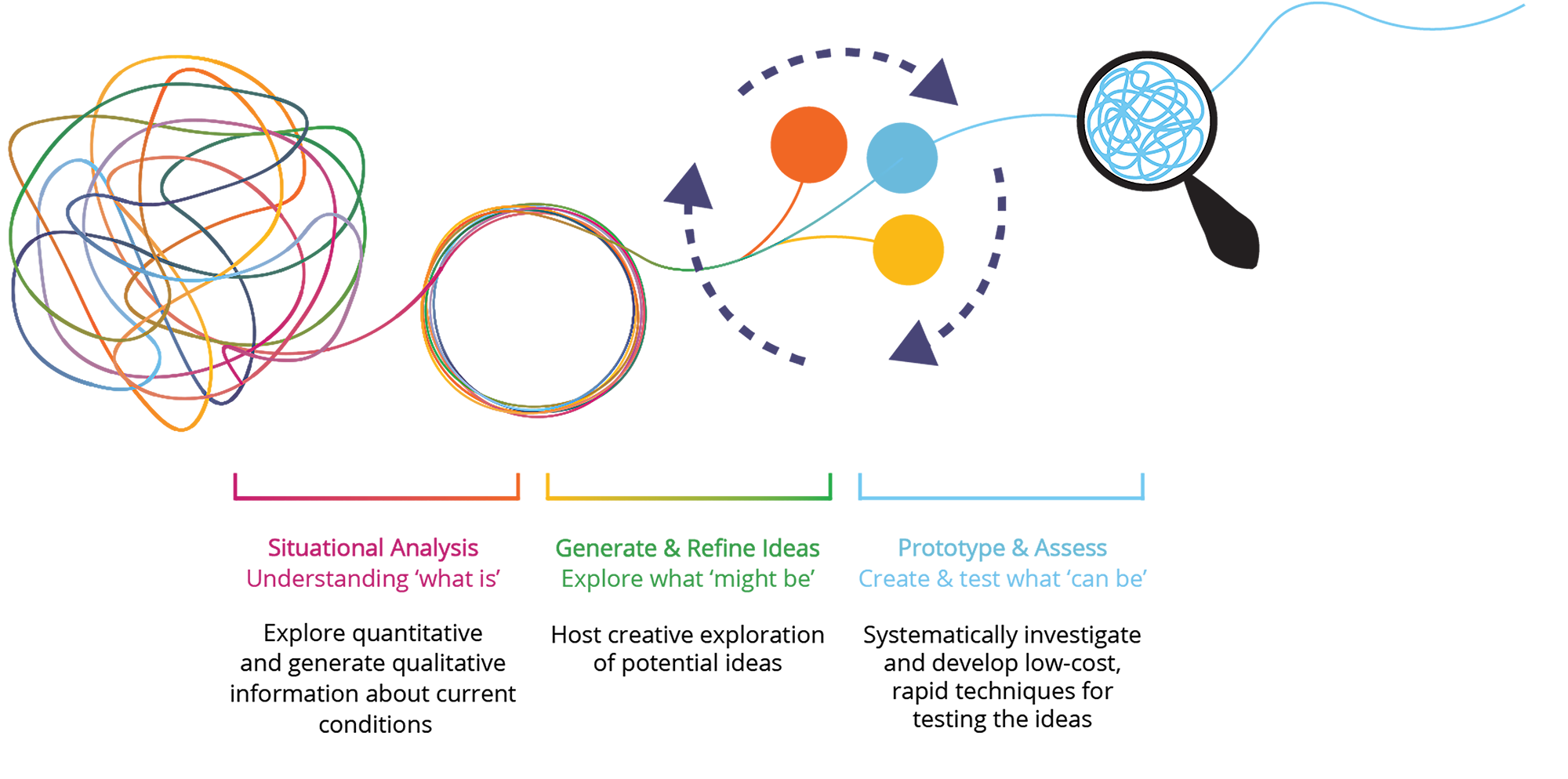
The Public Service ReDesign Tookit uses a three-phase design process as a framework for organizing tools and methods used in policy and systems change work. This process is not linear, but continual, iterative, and overlapping with interdependent relationships between the three stages. Similarly, many of the tools and methods in this toolkit can be used in multiple phases of the design process.
Situational Analysis
Understanding 'what is'
Situational Analysis
Logic Models
Personas & User Groups
Personas and their plural form, user groups, serve as a tool to allow designers to focus on the individuals who will be accessing their product or service. Personas are not meant to be a single fiction of the user group’s experience, but rather a way to express their experiences in a rich and nuanced manner.
Accessing & Assessing Social Science Research
Social science research can be used at various times during the course of innovation, from researching the nature of the problem to considering prototypes that have been implemented in other places. In general, peer-reviewed research is seen as the highest quality, followed by government reports, reports form non-partisan independent organizations, news articles, and finally reports from advocacy/partisan organizations.
Surveys
Interviews
An interview is a type of conversation in which one participant asks questions to learn information from another. Interviews can be used to gather information at multiple steps of the innovation journey with a diverse range of stakeholders. For this reason, the amount of structure used by the interviewer can vary, from following a very strict line of questioning to flowing with the interviewee.
User Journey Map
A user journey map “is a visualization of the experiences people have when interacting with a product or service, so that each moment can be individually evaluated and improved” (Martin & Hanington, 2012:25). This helps place a product or service in a much larger context, in the real world and over time. This also helps the design team to identify what they know of the journey, and where knowledge gaps exist. It provides insight into areas to explore and further questions to be answered.
Focus Groups
Focus groups are collective conversations where interested or impacted people are able to come together to share their opinions. Focus groups add an additional dimension to information collection as they allow for interpersonal interactions and brainstorming that are not possible in a survey or individual interview.
Open Space
World Cafe
Policy Field Mapping
Process Map
Harvesting
Harvesting is the documentation of valuable information exchanged during gatherings. The ultimate goal is to capture the essence of the meeting, recollect significant details, recognize patterns, and derive meaningful conclusions. The meaning is then made visible and accessible to others within the relevant context, fostering a more informed and connected community of participants.
Stakeholder Mapping
Triads
Collective Story Harvesting
Cognitive Mapping
Cognitive mapping is any visual representation of a person’s (or a group’s) mental model for a given process or concept and may also take the form of mind maps or concept maps. There are no visual rules that they need to obey: there is no restriction on how the concepts and the relationships between them are visually represented. They are used to externalize knowledge, identify themes across different concepts and model thinking.
Generate & Refine Ideas
Explore what 'might be'
Generate & Refine Ideas
Role Playing
Open Space
Public Value Implementation Canvas
This tool is designed to support reflection and strategy refinement when working on complex projects across organizations/sectors/systems. An iterative tool, the Public Value Implementation Canvas helps teams align their purposes, develop shared language, and build a collective understanding of the public value being created.
Place It!
Place It! is participation-based urban planning design practice founded by urban planner James Rojas and his partner John Kemp. In Place It!, model-building workshops and on-site interactive models help engage the public in the planning and design process. The goal is to help humanize planning processes by building relationships and trust between systems and the people who use them.
World Cafe
Harvesting
Harvesting is the documentation of valuable information exchanged during gatherings. The ultimate goal is to capture the essence of the meeting, recollect significant details, recognize patterns, and derive meaningful conclusions. The meaning is then made visible and accessible to others within the relevant context, fostering a more informed and connected community of participants.
Triads
Pro Action Cafe
Cognitive Mapping
Cognitive mapping is any visual representation of a person’s (or a group’s) mental model for a given process or concept and may also take the form of mind maps or concept maps. There are no visual rules that they need to obey: there is no restriction on how the concepts and the relationships between them are visually represented. They are used to externalize knowledge, identify themes across different concepts and model thinking.
Affinity Clustering
Journaling
Prototype & Assess
Create & test what 'can be'
Prototype & Assess
Logic Models
A logic model is a story or picture of how an effort or initiative is supposed to work. A logic model is similar to a road map, it shows the route traveled or steps taken to reach a certain destination. The process of developing the model brings together stakeholders to articulate the goals of the program and the values that support it, and to identify strategies and desired outcomes of the initiative.
Personas & User Groups
Personas and their plural form, user groups, serve as a tool to allow designers to focus on the individuals who will be accessing their product or service. Personas are not meant to be a single fiction of the user group’s experience, but rather a way to express their experiences in a rich and nuanced manner.
Role Playing
User Journey Map
A user journey map “is a visualization of the experiences people have when interacting with a product or service, so that each moment can be individually evaluated and improved” (Martin & Hanington, 2012:25). This helps place a product or service in a much larger context, in the real world and over time. This also helps the design team to identify what they know of the journey, and where knowledge gaps exist. It provides insight into areas to explore and further questions to be answered.
Public Value Implementation Canvas
This tool is designed to support reflection and strategy refinement when working on complex projects across organizations/sectors/systems. An iterative tool, the Public Value Implementation Canvas helps teams align their purposes, develop shared language, and build a collective understanding of the public value being created.
World Cafe
Place It!
Place It! is participation-based urban planning design practice founded by urban planner James Rojas and his partner John Kemp. In Place It!, model-building workshops and on-site interactive models help engage the public in the planning and design process. The goal is to help humanize planning processes by building relationships and trust between systems and the people who use them.
Harvesting
Harvesting is the documentation of valuable information exchanged during gatherings. The ultimate goal is to capture the essence of the meeting, recollect significant details, recognize patterns, and derive meaningful conclusions. The meaning is then made visible and accessible to others within the relevant context, fostering a more informed and connected community of participants.

